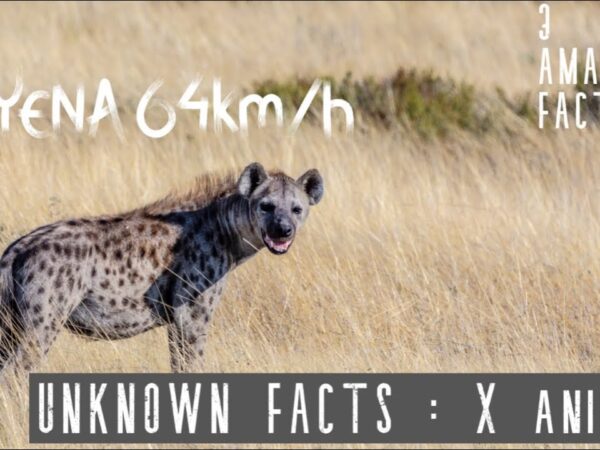Alligator Sneaks Up on Fisherman: A Riveting Encounter

Introduction to Alligator Behavior and Habitat
Alligators, known for their stealth and power, are a common sight in various water bodies across the southeastern United States. They are well-adapted to their aquatic environments as ambush predators, making them efficient hunters. These reptiles can adapt to various ecological conditions, typically found in freshwater environments like rivers, lakes, swamps, and marshes. Understanding their behavior and habitat is crucial in appreciating the significance of an encounter between an alligator and a fisherman.
The Incident: A Fisherman’s Unexpected Visitor
The event that brings us to this discussion unfolded on a serene morning in Florida. A local fisherman, engrossed in the tranquil pleasure of his hobby, experienced a heart-stopping moment when an alligator, a master of its domain, silently emerged from the murky waters. This rare occurrence serves as a stark reminder of the unpredictability of nature and the importance of being aware of one’s surroundings, especially in areas where wildlife is abundant.
The Setting
Our fisherman had chosen a spot known for its abundance of fish, but it was also a prime habitat for alligators. Unbeknownst to him, while he was focused on his fishing line, the silent predator was making its approach. Alligators are known to be curious animals, and it’s not uncommon for them to approach humans, primarily if they associate people with food.
The Encounter
As the fisherman stood by the water’s edge, the alligator slowly approached, likely driven by curiosity or the prospect of an easy meal. The fisherman, absorbed in his activity, didn’t notice the alligator’s presence until it was almost upon him. This close encounter highlights a critical aspect of alligator behavior – their ability to approach silently and unnoticed, a trait that makes them formidable hunters.
Alligator Safety Tips for Fishermen and Outdoor Enthusiasts
This incident underscores the importance of safety when in areas populated by alligators. Fishermen and outdoor enthusiasts should always be aware of their surroundings and follow certain precautions to avoid dangerous encounters.
Be Vigilant
Always keep an eye on the water and the surrounding area. Alligators can be present even in unlikely places and remain hidden below the water’s surface or in vegetation.
Avoid Feeding Alligators
Feeding alligators can cause them to lose their natural fear of humans, leading to more aggressive behavior. It is also illegal in many states to feed these wild animals.
Keep a Safe Distance
If you encounter an alligator, maintain a safe distance. Alligators can move surprisingly fast and are capable of sudden bursts of speed, especially in water.
Educate Yourself
Learn about alligator behavior and their natural habitat. Understanding these aspects can help recognize potential risks and react appropriately during an encounter.
The Ecological Role of Alligators
Alligators play a vital role in their ecosystems. As apex predators, they help maintain the balance by controlling the populations of various prey species. Additionally, their nesting activities contribute to the creation of “alligator holes,” which provide habitats for other wildlife and help sustain the biodiversity of wetland ecosystems.
Impact on Local Ecosystems
The presence of alligators can indicate a healthy ecosystem. They are often considered keystone species because of their significant environmental impact. The alligator holes they create during dry seasons become crucial water sources for other animals and help various plant species thrive.
Conservation Efforts
Conservation efforts have been instrumental in recovering alligator populations from near extinction in the 20th century. Today, they are a success story of wildlife management and conservation, showcasing the effectiveness of regulated hunting, habitat preservation, and public education in species recovery.
A Lesson in Coexistence
The story of the alligator sneaking up on a fisherman is more than just a thrilling encounter; it’s a lesson in the delicate balance of coexistence between humans and wildlife. It reminds us of the importance of respecting and understanding the creatures with whom we share our natural environments with. As we encroach on wildlife habitats, such encounters may become more frequent. Therefore, education and awareness about these majestic creatures and their behaviors are essential for safe and harmonious coexistence.
Understanding Alligator Senses and Stealth
Alligators possess keen sensory abilities that contribute to their stealthy nature. Their eyes, ears, and nostrils are positioned on top of their head, allowing them to remain nearly submerged while observing their surroundings. This anatomical advantage is crucial in approaching potential prey, including unsuspecting fishermen. Additionally, their ability to sense vibrations in the water through specialized organs helps them detect prey movements or intruders in their territory, making them efficient ambush predators.
The Fisherman’s Perspective: Sharing Spaces with Wildlife
From the fisherman’s perspective, sharing spaces with wildlife like alligators can be both exhilarating and daunting. Fishermen venturing into alligator habitats must respect the presence of these ancient reptiles. This respect involves recognizing the importance of alligators in the ecosystem and understanding the risks involved. It’s about coexisting with nature’s rhythms and patterns, which includes being prepared for unexpected encounters with wildlife.
The Role of Environmental Changes
Environmental changes, such as habitat loss and climate variations, can influence the behavior of alligators, sometimes leading to more frequent human-alligator interactions. As urban development encroaches upon natural habitats, these majestic creatures may venture closer to human activities, including fishing spots. This overlap of human and alligator territories underscores the need for increased awareness and precautionary measures to prevent conflicts and ensure safety for both parties.
Implications for Wildlife Management
Incidents like an alligator sneaking up on a fisherman significantly affect wildlife management. They highlight the need for strategies that balance human activities with wildlife conservation. It includes creating public awareness campaigns, establishing safety guidelines for outdoor activities in alligator habitats, and ensuring sustainable practices in wildlife tourism. Effective management also involves regular monitoring of alligator populations and behaviors, particularly in areas frequented by people.
The Psychological Impact on the Fishing Community
Such encounters can leave a lasting psychological impact on the fishing community. While some may view it as a thrilling part of their outdoor experience, others might develop a heightened sense of caution or even fear. Communities must discuss these experiences, share knowledge, and create a collective understanding of safely engaging with the natural world. This collaborative approach fosters a safer environment and enhances the overall outdoor experience.
Moving Forward: Education and Awareness
Education and awareness are vital to preventing negative encounters with alligators. Wildlife education programs, especially in areas with high alligator populations, can teach people about alligator behavior, safety measures, and the importance of these animals to the ecosystem. This knowledge empowers individuals to make informed decisions when fishing or engaging in other activities in alligator habitats. Promoting coexistence and respect for wildlife ensures that humans and alligators thrive in shared environments.
Also Read The Following : alligator sneaks up on fisherman




